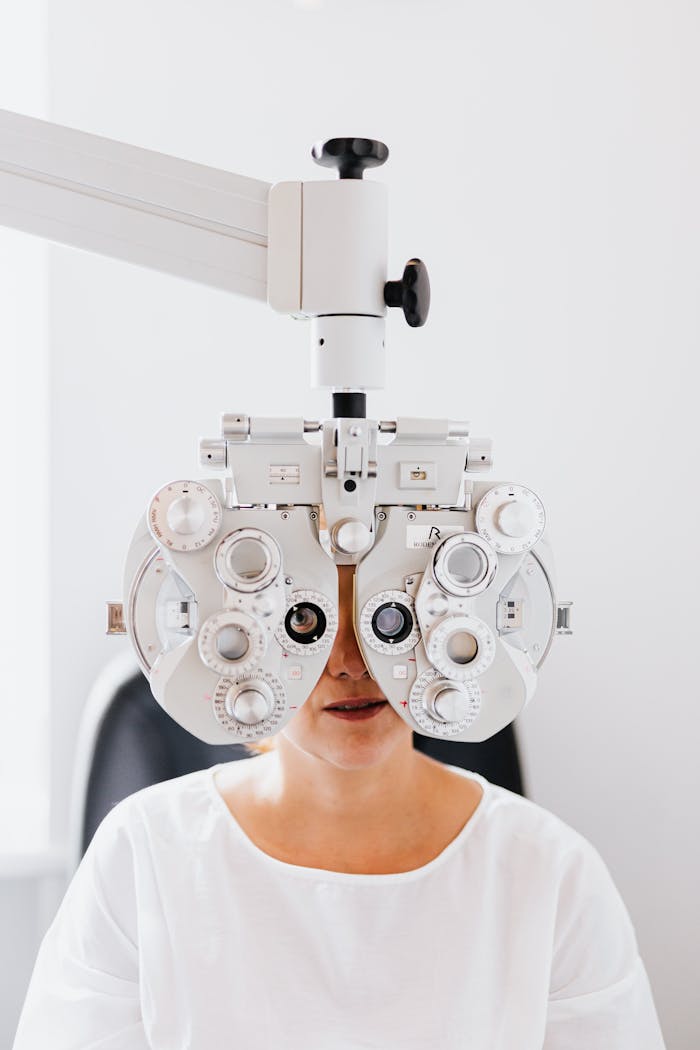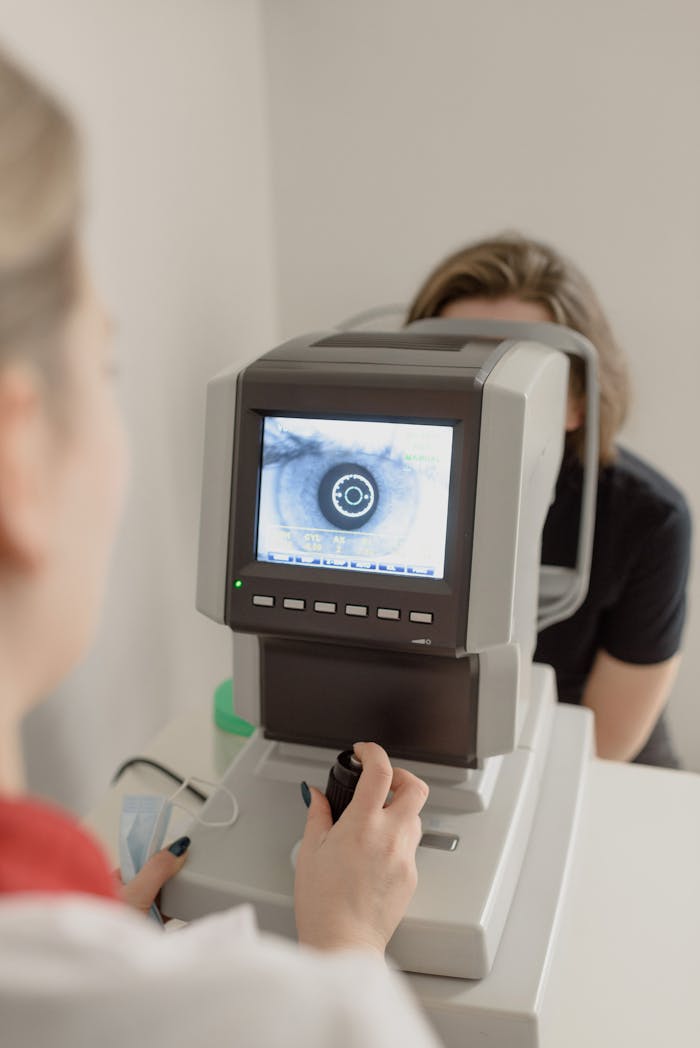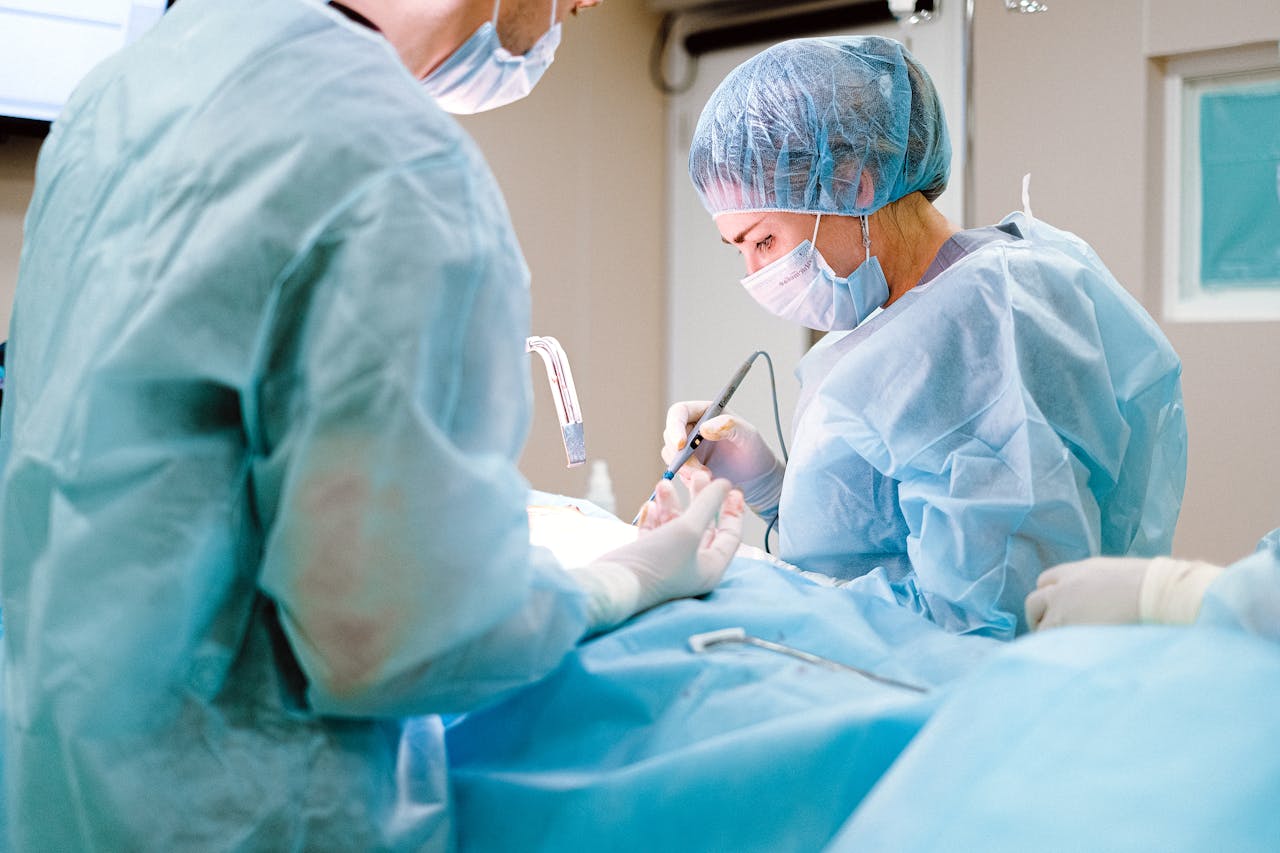Cataracts, a leading cause of vision loss worldwide, have long posed a significant health challenge. However, thanks to advancements in technology and surgical techniques, the future of cataract surgery holds promising possibilities. In this article, we will explore the innovative techniques that are revolutionizing the field of cataract surgery and discuss the benefits they offer to patients. Understanding Cataracts: A Brief Overview Welcome to our comprehensive guide on cataracts! In this article, we will delve deeper into the causes, symptoms, and impact of cataracts on an individual’s daily life. So, let’s get started! What are Cataracts? Cataracts are not an uncommon occurrence, especially as we age. They occur when the eye’s natural lens becomes clouded, hindering its ability to focus light onto the retina. The retina, located at the back of the eye, is responsible for transmitting visual signals to the brain. When cataracts develop, they cause the vision to become blurry and make it difficult to see clearly. While age is the primary cause of cataracts, it’s important to note that they can also result from injury or certain medical conditions. For instance, diabetes or prolonged use of certain medications can increase the risk of developing cataracts. Regardless of the cause, cataracts have a significant impact on an individual’s quality of life, making daily activities such as reading or driving more challenging. Causes and Symptoms of Cataracts As mentioned earlier, age is the primary risk factor for cataract development. However, other factors can contribute to their formation. Genetics, for instance, can play a role in determining whether an individual is more prone to developing cataracts. Additionally, lifestyle choices such as smoking and excessive exposure to ultraviolet radiation can increase the likelihood of cataracts. When it comes to symptoms, cataracts can manifest in various ways. Blurry vision is the most common symptom experienced by individuals with cataracts. This blurriness can make it challenging to read, drive, or even recognize faces. Sensitivity to light is another symptom that often accompanies cataracts. Bright lights, such as sunlight or headlights, can become overwhelming and cause discomfort. Moreover, cataracts can also affect color perception, making it difficult to distinguish between different hues. Finally, as cataracts progress, vision loss becomes a real concern if left untreated. If you suspect that you may have cataracts or are experiencing any of the aforementioned symptoms, it’s crucial to consult with an eye care professional. They can provide a proper diagnosis and recommend appropriate treatment options. Now that we have explored the basics of cataracts, it’s time to dive deeper into the various treatment options available. Stay tuned for the next section, where we will discuss how cataracts can be managed and potentially reversed! The Evolution of Cataract Surgery Traditional Cataract Surgery Techniques For many years, the standard procedure for cataract removal involved using a manual surgical technique. This involved creating a large incision in the cornea, removing the cloudy lens, and replacing it with a clear artificial lens, known as an intraocular lens (IOL). While effective, this approach typically required a longer recovery time and carried certain risks. During traditional cataract surgery, the surgeon would make an incision that was large enough to allow for the removal of the entire cataractous lens. This required a significant amount of tissue to be cut, leading to a longer healing process. Additionally, the large incision increased the risk of complications such as infection and induced astigmatism. Despite these challenges, traditional cataract surgery techniques played a crucial role in restoring vision for countless individuals. The procedure was considered a major advancement in ophthalmology and provided relief for patients suffering from cataracts. To Learn more about Cataract Surgery Techniques visit https://www.ncbi.nlm.nih.gov/pmc/articles/PMC9907263/ The Shift Towards Modern Procedures With the advent of new technologies, cataract surgery techniques have undergone a transformation. Surgeons now have access to advanced tools and equipment that allow for greater precision and improved outcomes. Modern cataract surgery techniques involve using smaller incisions and techniques that minimize trauma to the eye. These advancements have led to shorter recovery times, reduced risks, and better visual outcomes for patients. One of the key advancements in modern cataract surgery is the use of phacoemulsification. This technique involves using ultrasound energy to break up the cataractous lens into tiny fragments, which are then gently suctioned out of the eye. Phacoemulsification requires a much smaller incision compared to traditional surgery, resulting in less trauma to the eye and faster healing. In addition to phacoemulsification, modern cataract surgery also incorporates the use of foldable intraocular lenses (IOLs). These lenses can be inserted through a small incision and then unfolded inside the eye, reducing the need for a larger incision. Foldable IOLs provide patients with improved visual outcomes and greater flexibility in lens selection. Another significant advancement in cataract surgery is the use of femtosecond laser technology. This laser-assisted technique allows surgeons to precisely create corneal incisions, perform capsulotomy (opening of the lens capsule), and fragment the cataractous lens. The use of femtosecond lasers has revolutionized cataract surgery by enhancing accuracy and reducing the risk of complications. With these modern procedures, cataract surgery has become a highly efficient and safe procedure. Patients can now expect shorter recovery times, improved visual outcomes, and reduced risks compared to traditional techniques. The evolution of cataract surgery continues to pave the way for advancements in ophthalmology, benefiting patients worldwide. Innovative Techniques in Cataract Surgery Cataract surgery has undergone significant advancements in recent years, thanks to innovative techniques that have revolutionized the field. These techniques not only enhance the surgeon’s control but also allow for a more customized approach to each patient’s unique eye characteristics. Let’s explore some of the most groundbreaking techniques in cataract surgery. Laser-Assisted Cataract Surgery One of the most significant advancements in cataract surgery is the use of laser technology. Laser-assisted cataract surgery utilizes a femtosecond laser to perform various portions of the procedure, including creating precise incisions in the cornea and breaking up the cloudy lens. This technique has completely transformed the way cataract surgery is performed. The









